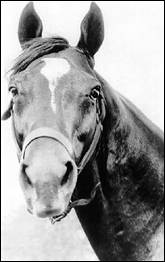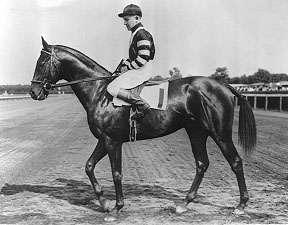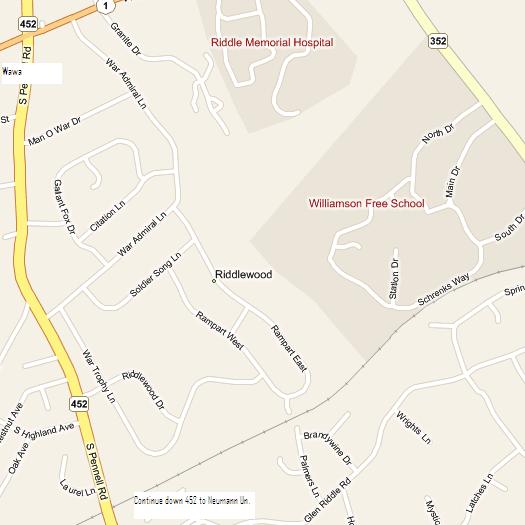This section of this web site, www.thediskcoordinator.com, reinforces the thoughts expressed in the G8 kicker comments that you can see by clicking here. The participants in Israeli dance are not the sort of people to stay home and just watch TV. They are active physically and more impotantly mentally in their pursuit of career goals or their hobbies.
As an example of this, for several years, Jani Rosen and the disk coordinator would have a friendly competition as to who could do the Sunday puzzles faster on Memorial day weekend, whether the New York Times or Merl Reagle in the Inquirer, while at Neumann College during Hora Aviv. We pursue our solutions to crossword puzzles as we pursue our interest in Israeli dance, To the Nth degree
After driving by each other on Route 452 to get the papers at the WaWa at the corner of 452 and Baltimore Pike, an agreement was reached to use Jani's car with the disk coordinator riding shotgun. In this position, for the first time, he could decipher the street names and the signs. Some of the street signs, Man'O'War Drive and War Admiral Lane, were coincidental to a book that the disk coordinator was reading at the time, which had come out a few years earlier, Seabiscuit: An American Legend by Laura Hillenbrand, which the disk coordinator heartily recommends if you are in search of an exciting history book to read this summer or at any time. It was obvious that we were in the middle of what used to be a substancial horse farm and horse breeding operation that was situated in the Philadelphia suburbs before World War II and before the suburbanization of these areas.
A little research proved the point. The Riddle family is an old and established Philadelphia and Pennsylvania family which had a family estate, called Glen Riddle, that was situated north above Neumann College along route 452. Samuel Riddle, Sr, was a prominent Philadelphia attorney of the second half of the 1800's. His son, Samual Riddle Jr, born in 1861, died in 1951, managed the estate, the mill (and this mill became a major producer of textiles) and operated one of several horse farms that he owned. (Note: there is at least 2 more farms that were situated in Maryland and Kentucky and horses were moved between all these farms as need arised). No doubt, even though much of his wealth was derived from his forebears and the textile mill(s), Samuel Riddle would have classified his prime occupation as horse breeder and trainer.
Around World War I, one of his mares bore a colt that was extraordinary as far as speed and power was concerned. This was the legendary Man'O'War, pictured to the right, who was at the time analogous to what Secretariat was during the 1970's - the predominent race horse in this country. If you read the book by Miss Hillenbrand, you get a feel for Mr Riddle, himself. Born of wealth, he admired and took extraordinary care of the animals under his tuteluge. If he felt a track was dangerous or in any way an impediment to his animals, they would not race there. He also made sure that the animals were well rested before any race and this is why he never had a thoroughbred compete in all three of the triple crown events, deeming it too dangerous to the health of his animals

Man'O'War's racing career was brief - he won 20 of the 21 races that he was entered - and, in the opinion of many, was retired much to early to begin stud service. For many years, similar to Secretariat, his offspring were good, if not great, but not the phenomena that was the sire. However, in the 1930's one colt drew everybody's eyes and attention. This was War Admiral whom you see below right.
If this horse was a human offspring, he would be classified as having attention deficit disorder and supplied with Ritalin. The colt had the inability to stand still. His tendency was to run whether there was an open field or not. Apparently oblivious to pain, there was an instance where he cut off an inch of one of his hoofs and continued to run down the track, spewing blood, to win the race. To read more about War Admiral and Seabiscuit, please read the book cited above. For this web page, we are interested more in the location of Glen Riddle and what happened to the estate after the passing of Samual Riddle
Samuel Riddle was old school as far as his status in life was concerned. By this, we mean that similar to other prominent Philadelphia families, he felt that he should give back to the community when he died. So, in his will, a portion of the estate bounded by State Route 352 was donated for a hospital to serve that part of Delaware county. In 1963, Riddle Memorial Hospital, named after the Riddle family, opened on that part of the estate.

Apparently, Samual Riddle wanted to donate more land to these types of charities, but, in the end, much of the estate went to the creation of a real estate development, Riddlewood. This is the set of streets that the disk coordinator was passing through on his trip to get the newspapers. These streets, for the most part, are named after the great horses that were part of the Glen Riddle farm of which Man'O'War and War Admiral were a part. If you look at a map of where Riddlewood is located and also where the hospital is - and the map to the right details this area - you can get an idea of the extent of the estate. Similar to the Bond estate, Willowbrook, discussed in some of the documentation about Gwynedd Mercy College and in the slide show, about Ian Fleming, this was a large piece of land dating back probably to the founding of the Philadelphia suburbs.
No doubt, most of the dancers going to Hora Aviv, rode through this development on the way to Neumann college oblivious to its history. Now you know and this is the reason for this web page.